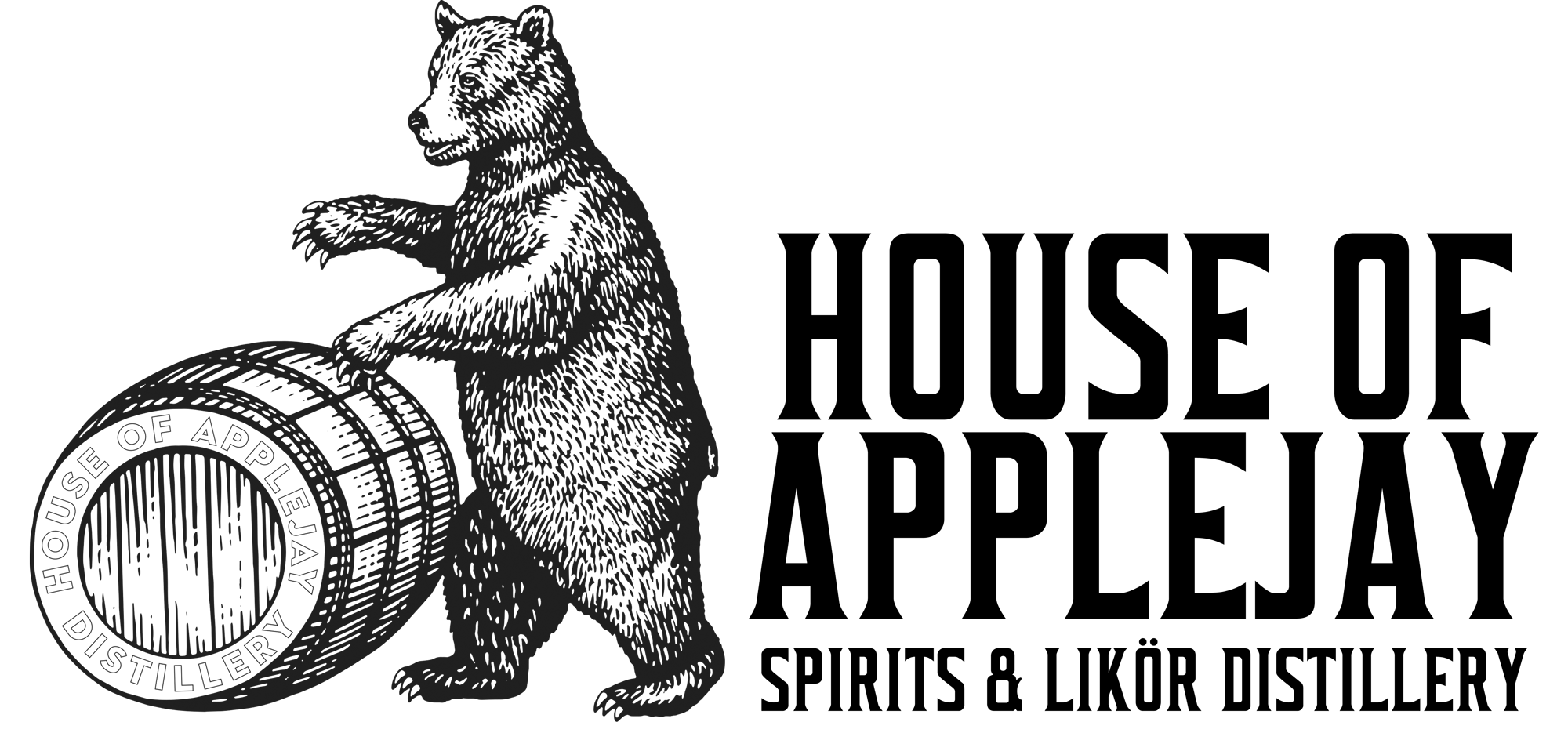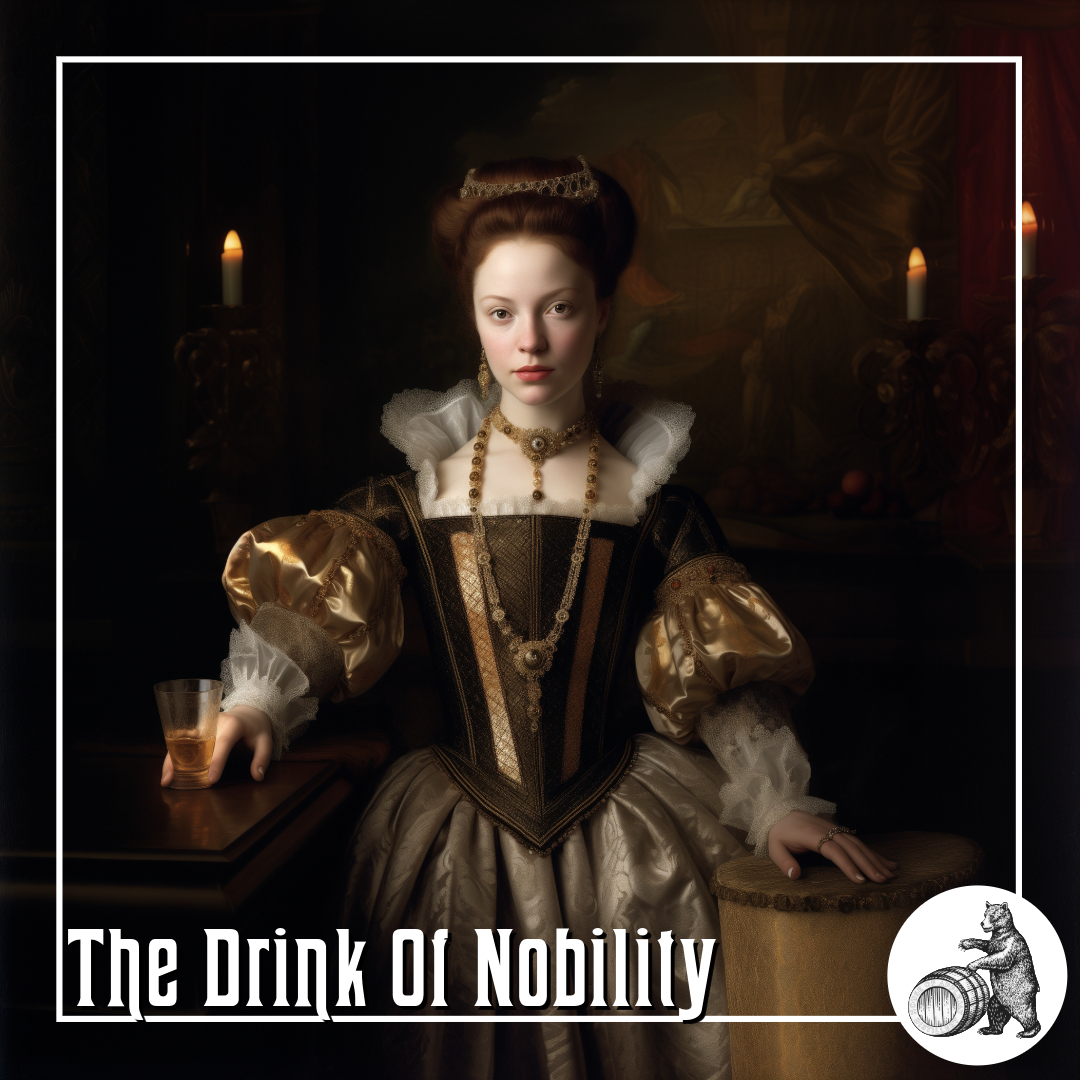The Drink of Nobility
Likör, An Aristocratic Elixir
Likör, or liqueurs, stand as historical symbols of prestige and opulence, once exclusively savored by the elite and nobility of Europe. The rich and intricate history of these spiced and sweetened spirits is intertwined with the luxury of sugar, and other spices making them a delicacy reserved for the privileged few. From royal courts to elegant soirées, Liköre have graced the tables of the rich, offering a taste of indulgence either as an aperitif during a cozy evening or as a digestif after a sumptuous meal.
The Origins of Likör (liqueur)
The roots of liqueur-making go back to ancient civilizations like the Egyptians, Greeks, and Romans. These cultures developed methods to extract flavors from plants and herbs using techniques such as distillation and maceration. In the Middle Ages, monasteries became important centers for liqueur production, where monks and alchemists experimented with these techniques. They created herbal elixirs and tonics, primarily for medicinal use. By the Renaissance, liqueur production had become more refined, with recipes carefully guarded by families or monastic orders, adding a sense of mystery to the craft.
The Sweet Elegance of Likör (liqueur)
Liqueurs were once exclusive to the wealthy elite of Europe. The cost of ingredients like rare spices, rose petals, orange zest, and sugar—often referred to as “white gold“—made liqueurs a luxury only the rich could afford. During this time, sugar was especially valuable, and serving liqueur became a symbol of wealth and status. These sweet and rich drinks were not only enjoyed for their taste but also used to display one’s social standing.
Liqueur became a key part of aristocratic life, served at both formal events and private gatherings. It was often offered as an aperitif before a meal or as a digestif afterward, adding a touch of elegance to the occasion. Drinking liqueur became a ritual in European high society, representing refinement and sophistication.
Catherine de Medici & her favorite Likör (liqueur)
In the 16th century, Catherine de Medici, future Queen of France, played a pivotal role in elevating the status of liqueur within European aristocracy. Born into the powerful Medici family of Italy, Catherine was no stranger to luxury and refinement. When she married Henry II of France in 1533, she brought with her not only the influence of Italian culture but also a skilled liquoriste, a master of liqueur-making, from her homeland. This individual was instrumental in introducing liqueur to the French court, where it quickly became a symbol of sophistication and indulgence.
The liqueur favored by Catherine was known to be the most expensive drink of its era, crafted from rare and exotic ingredients such as rose petals, jasmine, and orange essence. At a time when sugar, spices, and other imported luxuries were costly, the very act of serving such a drink was a statement of wealth and power. Catherine’s love for liqueur spread through the French nobility, and soon it was not just the flavor but also the ritual of drinking it that became fashionable. In fact, liqueur became so popular that traditional wine glasses were replaced with smaller, more delicate liqueur glasses, designed specifically for sipping these rich, concentrated drinks in style.
Catherine’s influence extended beyond France. Liqueur drinking became a trend across Europe, further cementing the drink’s association with luxury, royalty, and the upper echelons of society. Her personal taste helped to shape a culture of refined drinking that would endure for centuries, setting the stage for liqueur’s role as an essential part of European social rituals.
TheLiqueurs in Modern Dining and Cocktails
Liqueurs have evolved from being exclusive luxuries to versatile staples in today’s dining and drinking culture. While they once symbolized wealth and sophistication, liqueurs are now accessible to everyone, though they still retain their air of elegance. Traditionally used as an aperitif before meals or a digestif afterward, liqueurs continue to enhance the dining experience by adding a refined touch.
In modern times, their role has expanded beyond formal dinners. Liqueurs are often enjoyed with coffee or tea during afternoon gatherings, providing a sweet complement to these beverages. Whether it’s a casual get-together or a moment of relaxation, liqueurs bring a touch of indulgence to everyday social rituals.
Additionally, liqueurs are essential ingredients in cocktails. From classic drinks like the Mountain Old Fashioned and Wildcat Tonic to contemporary concoctions, liqueurs add depth and complexity. Their versatility makes them indispensable in mixology, elevating both traditional and innovative cocktail creations.
The Distilling Culture
BLOG
Embark on a global journey, and you’ll find that cultures possess tales that harken back to their ancient beginnings of distillation, brewing, and winemaking.
info@houseofapplejay.com
67 Fowler St, Bldg B, East Ellijay, GA 30540

